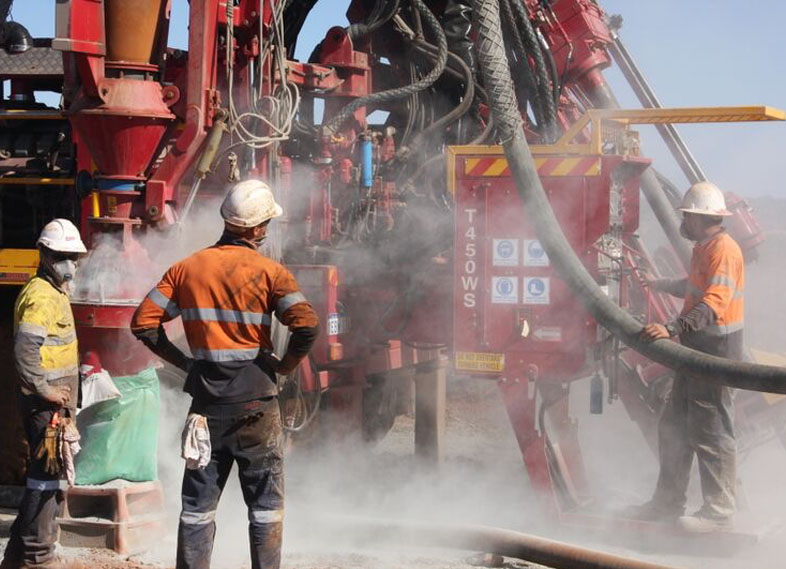Hastings Technology Metals has successfully completed the crucial continuous hydromet pilot plant operations for the Yangibana rare earths project. This project is located in the Gascoyne region of Western Australia. The company plans to construct a processing plant to produce a MREC product, through the process of mining, beneficiation and hydrometallurgy. The hydromet pilot plant is the final stage in pilot testing of the Yangibana process flowsheet.
- Pilot plant testing of the hydrometallurgy (hydromet) circuits successfully validated the simple and effective flowsheet of the Yangibana Hydromet processes
- Three phase piloting undertaken: 1) Acid bake 2) Water leach and impurity removal 3) Carbonate product precipitation
- All three phases achieved or exceeded laboratory results
- Key engineering data was collected from the pilot plant operation for the DFS
- Effective operational processes parameters identified
- Over 50 kg of high purity Mixed Rare Earth Carbonate (MREC) produced for marketing purposes.
The three phase simple and effective flowsheet was developed with the best available technology in the laboratory test work program. The piloting produced 3.5 kg/h concentrate. The pilot processing circuit, operated continuously on a 24 hour basis over a total of 12 days at Australian Nuclear Science and Technology Organisation (ANSTO), Lucas Heights, NSW.
Concentrate was produced from the February 2017 beneficiation pilot plant operation. The three stages of the hydromet piloting were;
- Baking of the concentrate/acid mixture
- Leaching the calcine product in water to produce a rare earth containing liquor. Impurities in the liquor were then removed
- Precipitation of the rare earths as a carbonate product. Rare earth recoveries were above 94% for water leach, 95% for impurity removal and 98.5% for carbonate precipitation.
The MREC produced, shows that the manganese, iron, thorium and uranium were removed or controlled within acceptable product range.
The hydromet circuit uses commercially and readily available equipment and reagents.
Specialist equipment vendors attended the pilot operation to test the thickening and filtration performance of the intermediate solid-liquid separation stages and assess applicability to the engineering design. Work is continuing with other process equipment vendors for sizing of specific equipment, such as attrition tank for leach circuit etc. Data collected from this work will be incorporated into the detailed engineering study.
The following samples were also collected from the continuous 24 hour piloting:
- Full circuit metallurgical survey samples for validation of scale-up from laboratory results
- Bulk samples for engineering design testwork, e.g. calcine attritioning, thickener sizing, product filter sizing, tailing storage facility design and materials handling characterization
- MREC product which will be used for marketing.
The results will feed into the current engineering study and detailed design phase of the project.
The Yangibana project hosts JORC Resources totalling 13.41 Mt at 1.18% TREO (comprising Measured Resources of 2.16 Mt at 1.01% TREO, Indicated Resources of 5.45 Mt at 1.30% TREO and Inferred Resources of 5.81 Mt at 1.12% TREO), including 0.39% Nd2O3+Pr6O11.
The company also has the Brockman deposit which contains JORC Indicated and Inferred Resources totalling 41.4 Mt (comprising 32.3 Mt Indicated Resources and 9.1Mt Inferred Resources) at 0.21% TREO, including 0.18% HREO, plus 0.36% Nb₂O₅ and 0.90% ZrO₂.
The company aims to capitalise on the strong demand for critical rare earths created by expanding new technologies.











